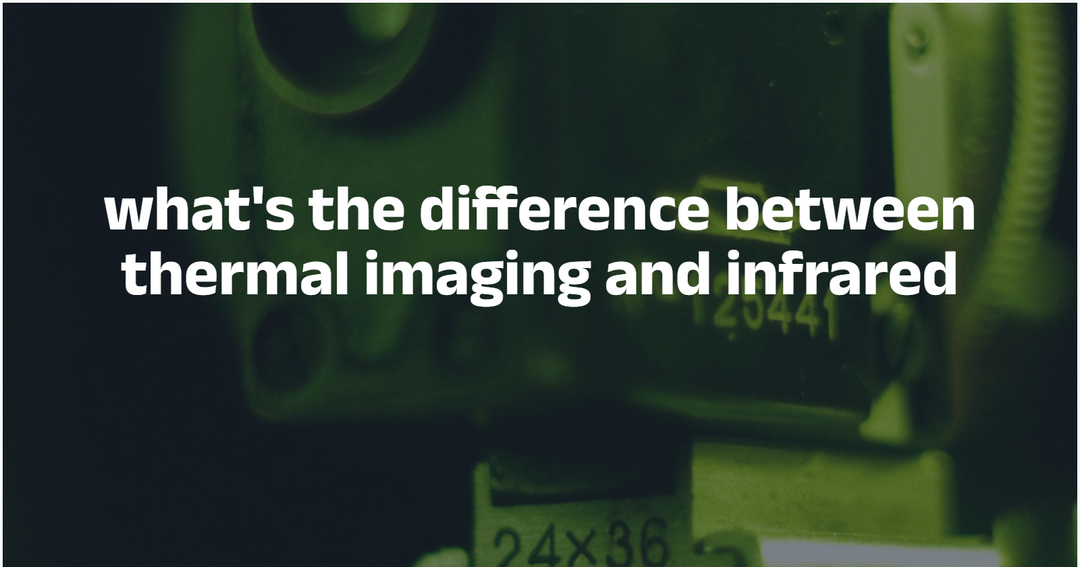How to Test Ethernet Cable Without a Tester? [With and Without Tools]
If your internet suddenly slows down or completely drops, a faulty Ethernet cable could be the hidden culprit. But what if you don’t have a cable tester on hand? Don’t worry. In this guide, we’ll walk you through how to test an Ethernet cable both with and without a tester, and explain when investing in a professional tool makes sense.
Why You Might Need to Test an Ethernet Cable
Network cables may look simple on the outside, but inside, eight tiny wires must be perfectly connected. A single issue—like a loose pin, break in the wire, or poor crimp—can lead to:
- Unstable connection
- Slow speeds
- No signal at all
Before buying a new router or blaming your ISP, it's smart to check your Ethernet cable.

Testing Ethernet Cable Without a Tester (Manual Methods)
1. Visual Inspection
Look closely at both ends of the cable:
- Are the plastic clips intact?
- Is the cable jacket damaged or frayed?
- Are the gold pins bent, corroded, or misaligned?
If any of these issues exist, the cable may need replacing.

2. Swap with a Known Good Cable
A quick and reliable test:
- Unplug the suspect cable
- Replace it with a cable that’s known to work
- If your connection improves, the original cable is likely faulty
3. Use a Laptop to Check Connectivity
Connect your Ethernet cable from a computer to a router or switch:
- On Windows: Check the network status in Control Panel > Network & Internet > Network Status
- On Mac: Go to System Preferences > Network

If the network doesn’t detect a wired connection, the cable could be broken internally.
Limitations of Manual Testing
While the above methods can help with basic diagnostics, they have clear drawbacks:
- No way to identify which wire is broken
- Can't measure cable length or detect intermittent faults
- No information on PoE (Power over Ethernet) delivery
- Not scalable for professional or business environments
Benefits of Using a Professional Cable Tester
✅ Check Wire Mapping and Continuity
Ensure that each of the eight wires is connected in the correct order, with no miswires or shorts.

✅ Measure Cable Length and Fault Distance
Advanced testers can show how long the cable is and pinpoint where a break or short is located.

✅ Detect PoE and Network Speed Support
Verify whether the cable supports Power over Ethernet and up to which data speed it can handle (e.g., Cat5e vs Cat6).

Recommended Products from Noyafa
🔹 Noyafa NF-8209
- Supports RJ45, RJ11, and coaxial cable testing
- Detects PoE voltage and port flashing
- Measures cable length and fault distance
🔹 Noyafa NF-8601S
- Full-color screen display
- TDR technology for pinpointing cable faults
- Includes wire map and tone generator for tracing
Conclusion
Testing your Ethernet cable without a tester is possible using simple methods like visual inspection and swapping cables. However, for accurate, reliable, and professional results—especially in larger or more critical setups—using a dedicated cable tester is a smart investment.
👉 Noyafa offers a wide range of cable testers that make troubleshooting fast, easy, and precise. Check out our products to keep your network running smoothly!




